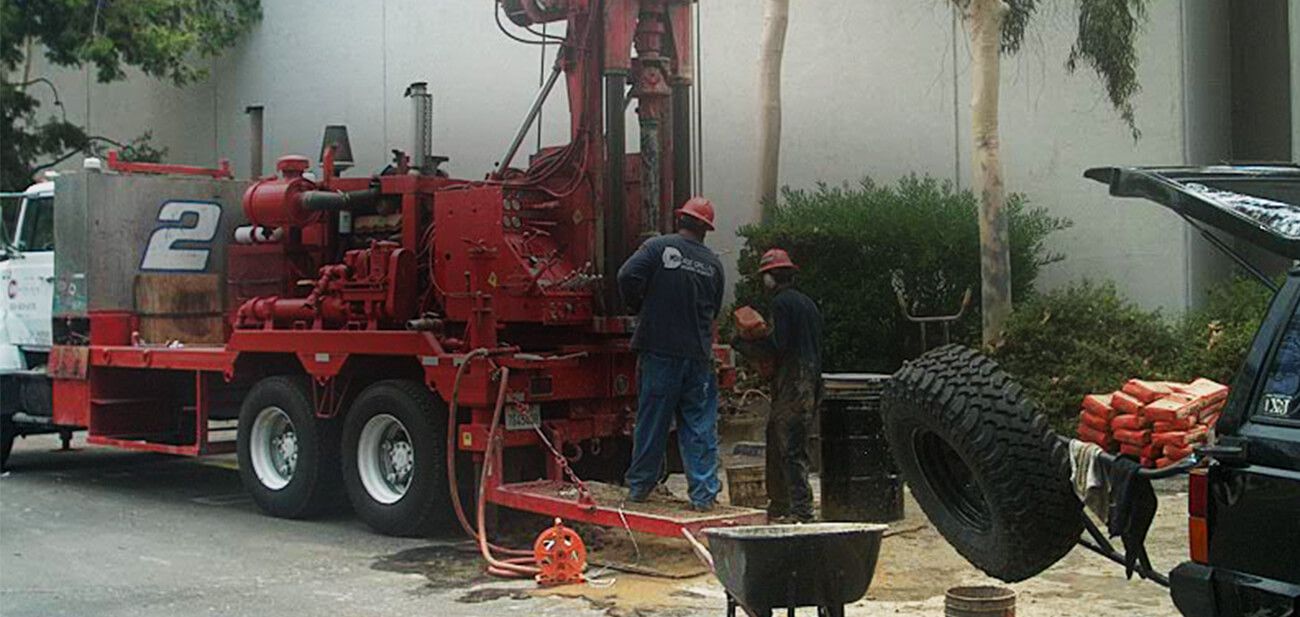
Soil testing is a fundamental aspect of construction that involves analyzing the soil’s properties to ensure the safety and durability of structures like bridges, buildings, and dams. This process is essential for understanding the soil’s behavior under different conditions and for making informed decisions about construction methods and materials. Without thorough soil analysis, the risk of structural failure increases, potentially leading to catastrophic consequences. In this blog, we will explore the importance of soil testing, the various tests conducted, and how these tests impact different types of construction projects. Our expertise at G3SoilWorks ensures that each project begins with a solid foundation through comprehensive soil testing.
What is soil testing? Soil testing in construction involves a series of tests designed to assess the soil’s physical and chemical properties. The main objectives are to determine the soil’s suitability for construction and to identify any potential issues that could affect the stability and longevity of the structure.
These tests provide valuable data on soil properties, helping engineers make informed decisions about construction techniques and materials.
Soil testing for construction is particularly crucial for bridge construction due to the immense loads and dynamic forces bridges must withstand. The stability of the bridge depends significantly on the soil’s load-bearing capacity and other properties. Ensuring that the soil can support the weight and dynamic forces exerted by the bridge is vital to prevent structural failures.
Example: Consider the construction of a major suspension bridge. Extensive soil testing, including soil contamination testing, load-bearing capacity, and foundation investigations, ensured that the bridge’s foundations were designed to handle the expected loads, contributing to its long-term stability and safety. For instance, the Golden Gate Bridge’s construction involved detailed soil testing to ensure that its massive towers would be anchored securely in the bay’s diverse and challenging soil conditions.

Soil testing helps determine the type of foundation needed and influences various design and construction decisions. The type of soil can affect the building’s stability, durability, and overall safety, making soil testing a critical step before any construction begins.
This test ensures that the soil can be compacted to the required density, providing a stable base for the building. Proper compaction increases the soil’s load-bearing capacity and reduces the risk of settlement. For example, a Proctor test involves compacting soil samples at different moisture levels to find the optimal moisture content for maximum density.
Measures the resistance of soil to penetration, providing data on soil strength and density. The SPT involves driving a hollow tube into the ground at regular intervals and recording the number of blows required to penetrate the soil. This data helps engineers assess the soil’s ability to support structures and identify any weak layers that may need special attention.
Example: A high-rise building project in an urban area involved extensive soil testing, including compaction tests and SPT, to design a foundation that could support the building’s height and weight, ensuring its stability and safety. For instance, the construction of the Burj Khalifa in Dubai required comprehensive soil testing to design foundations capable of supporting the world’s tallest building on the sandy and silty soils of the region.
The construction of dams requires meticulous soil testing to ensure safety and longevity, given the massive pressure exerted by the water. Ensuring that the soil can withstand these pressures and prevent leakage is crucial for the dam’s integrity and safety.
1. Seepage Analysis: Determines the rate at which water can seep through the soil, critical for preventing leaks and ensuring the dam’s integrity. Engineers use this data to design impermeable barriers or drainage systems to control water movement. For example, a permeability test might involve measuring the flow rate of water through a soil sample under controlled conditions.
2. Shear Strength Test: This test measures the soil’s ability to resist shear forces, which is essential for understanding its stability under the weight of the dam and water pressure. The shear strength of soil is tested using methods like direct shear tests or triaxial shear tests, which apply controlled stress to soil samples to measure their resistance to sliding.
Geotechnical engineers play a vital role in interpreting these results and advising on the best construction practices. Modern technologies, such as automated testing equipment and advanced software, have significantly improved the accuracy and efficiency of soil testing. For instance, cone penetration testing (CPT) uses automated probes to quickly gather detailed data on soil properties, while geophysical methods like ground-penetrating radar (GPR) provide non-invasive insights into subsurface conditions.

Soil testing is an indispensable part of construction that ensures the safety and durability of bridges, buildings, and dams. By adhering to rigorous soil testing standards, engineers can design and build structures that stand the test of time. As we continue to advance in technology and techniques, the importance of thorough soil analysis remains a cornerstone of successful construction projects. For reliable and comprehensive soil testing services, trust the expertise of G3SoilWorks to ensure your construction projects begin with a solid foundation. Call us at +1 714-668-5600 to learn more about what is soil testing and how we can help you here!
A: Modern soil testing utilizes advanced equipment like cone penetration testing (CPT) probes, ground-penetrating radar (GPR), and automated testing devices. These technologies enhance accuracy, speed up data collection, and provide more detailed insights into soil properties.
A: Soil testing identifies potential contamination and assesses soil health, helping to prevent environmental damage during construction. By ensuring proper soil management, it supports sustainable building practices and reduces the risk of environmental hazards.
A: Conducting multiple soil tests across a site helps to account for soil variability, providing a comprehensive understanding of soil conditions. This approach ensures that all potential issues are identified and addressed, leading to safer and more reliable construction practices.
Follow, engage, learn. Stop by our blog to see what’s happening at G3SoilWorks.
G3Soilworks – a full service geotechnical/ engineering geologic consulting firm serving clients since 2009 and delivering expert solutions with our highly experienced team and specialized consultants.
G3SoilWorks
350 Fischer Avenue Costa Mesa, CA 92626
Tel. 714.668.5600
E. info@g3soilworks.com